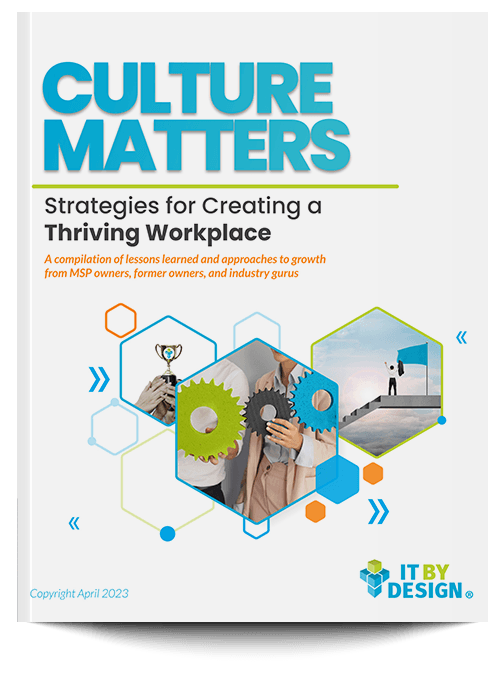I recall many years ago, we had a member of the team took a leave of absence due to medical reasons. FIRE!! Their unexpected absence resulted in chaos, not only for their own department, but other departments as well. Nobody knew how to do the department’s coding and payroll processes.
- Was there a job description? Yes.
- Was there a SoP? Yes.
- Would someone step into the role successfully in this emergency? No.
- Was there a significant impact to the operation of the organization? Yes.
- Was it avoidable? Yes.
We all know about the importance of having career development plans for our employees, but did you know that it is far more important to have succession plans in place?
What is succession planning?
Succession Planning is the process of identifying key roles within your organization and identifying people, internally, who would be a good fit for those positions once vacancies come available. This pre-planning enables an opportunity for the development of skills and provision of training for these identified high performing individuals.
Why is succession planning important?
- Things happen and people leave
If you have an unexpected absence for a highly skilled or senior-level position and you haven’t identified a succession plan, it could take almost 9 months to attract, recruit, and train a new person for the role. Not to mention they will still not have all the organizational knowledge of their predecessor, nor the same level of influence.The absence of such a key role for that long, would have a significant impact to the health of your organization. Succession planning is a risk mitigation strategy. - Aid to employee retention
Succession planning has a key role in retaining high performing team members. When employees know that they are being trained for their ‘next’ position, they are more likely to be engaged and productive members of the team. These employees can see the investment that the organization is making in their growth and development, with a clearly defined progression pathway. - Strategic planning and diversity
Additionally, succession planning can help address the needs of the organization based upon the company’s strategic plan. Do you need to diversify your workforce? Do you plan to expand into a new product/market? Start planning for that now.
What is the process for succession planning?
Succession planning has 7 steps:
- Identify your business strategy or business challenges for the next 1–5 years.
- Identify roles that are necessary for the successful operation of the organization.
- Identify the following information for each role:
- Competencies
- Skills
- Organizational knowledge
- Review your current team for high potential employees as potential successors for these positions.
- Identify knowledge, skills, or abilities gaps for these identified successors.
- Develop strategies to address the gaps for these successors.
- Have the existing people in these roles, mentor and train their successors in these roles, while they are still there.
As MSPs, we’re used to putting out fires for our partners. However, as a leader, the more you can do to protect your own business from disruption, the smoother your organization will run. Succession planning doesn’t just throw a blanket on a fire. It gives your team the confidence to invest their energy into their growth and development in your business and provides your leadership team the vision they need to keep everyone moving towards your business goals. Succession planning isn’t meant to make your team feel replaceable. It’s meant to secure the continued growth (success) of your MSP!
For more content like this, be sure to follow Build IT by ITBD on LinkedIn and YouTube, check out our on-demand learning platform, Build IT University, and be sure to Register for Build IT LIVE, our 3-day education focused conference, September 9-11 in Orlando, FL!







